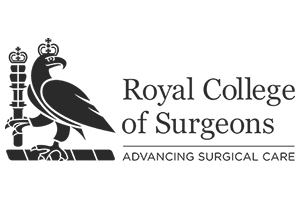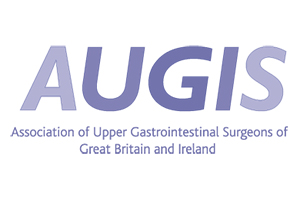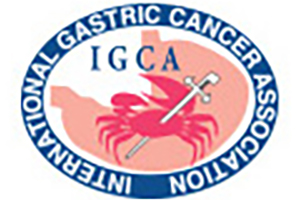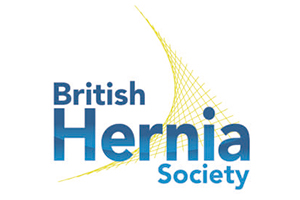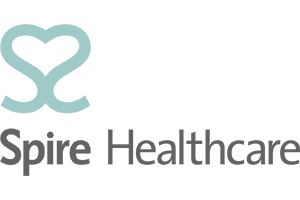Your treatment plan for gallstones depends on how the symptoms are affecting your daily life. If the pain is mild and infrequent, you may be prescribed painkillers to control further episodes and be given advice about eating a healthy diet to help control the pain.
If your symptoms are more severe and frequent, surgery to remove the gallbladder is usually recommended. The gallbladder isn’t an essential organ and you can lead a normal life without one.
If surgery is recommended, you’ll usually have keyhole surgery to remove your gallbladder. This is known as a laparoscopic cholecystectomy. During this procedure, 3 or 4 small cuts are made in your abdomen.
Your abdomen is temporarily inflated using carbon dioxide gas. This is harmless and makes it easier for the surgeon to see your organs. A laparoscope (a long, thin telescope with a tiny light and video camera at the end) is inserted through one of the cuts in your abdomen. This allows your surgeon to view the operation on a video monitor. They’ll remove your gallbladder using special surgical instruments.
If it’s thought there may be gallstones in the bile duct, an X-ray or ultrasound scan of the bile duct is also taken during the operation. If gallstones are found, they may be removed during keyhole surgery. If the operation can’t be done this way, or an unexpected complication occurs, it may have to be converted to open surgery.
After the gallbladder has been removed, the gas in your abdomen escapes through the laparoscope and the cuts are closed with dissolvable stitches and covered with dressings.
Laparoscopic cholecystectomies are usually carried out under a general anaesthetic, which means you’ll be unconscious during the procedure and won’t feel any pain while it’s carried out.
The operation takes 60 to 90 minutes and you can usually go home the same day. Full recovery typically takes around 10 days.
A laparoscopic cholecystectomy may not be recommended if you:
- are in the third trimester (the last 3 months) of pregnancy
- are extremely overweight
- have an unusual gallbladder or bile duct structure that makes a keyhole procedure difficult and potentially dangerous
In these circumstances, an open cholecystectomy may be recommended.
A 10 to 15cm (4 to 6in) incision is made in the abdomen, underneath the ribs, so the gallbladder can be removed. General anaesthetic is used, so you’ll be unconscious and won’t feel any pain. Open surgery is just as effective as laparoscopic surgery, but it does have a longer recovery time and causes more visible scarring.
Most people have to stay in hospital for up to 5 days. It typically takes 6 weeks to fully recover.
Most patients will have their gallbladder surgery completed using keyhole techniques. As our theatre lists are usually on a Monday evening, most patients choose to stay overnight in the Spire Hospital for convenience.
We use CO2 gas to inflate the abdominal cavity during surgery. This stretches the abdominal wall which can cause a “phantom” type pain called referred pain in the shoulder tips. This is short lived, often resolving after 1-2 days. Please use the pain killers you are given to take home as there will be some discomfort lasting between 5 and 7 days.
If you have any days when your pain is worse than the day before, please contact our secretary (if during working hours), or your GP out of hours service if (if out of hours and you cannot wait til morning). We can give you advice about whether any investigations are needed to make sure everything is ok or not. Please note, while complications are very rare after gallbladder surgery, they can happen, and detecting them early is better.
The gallbladder’s job is to store and concentrate bile, ready to be released into the bowel when you eat food. Without it, your liver continuously releases dilute bile into your bowel. This is more than enough to handle a well-balanced diet. Some patients have reported episodes of diarrhoea after very fatty meals following removal of their gallbladder. Other than than, life continues as normal without the gallbladder.


